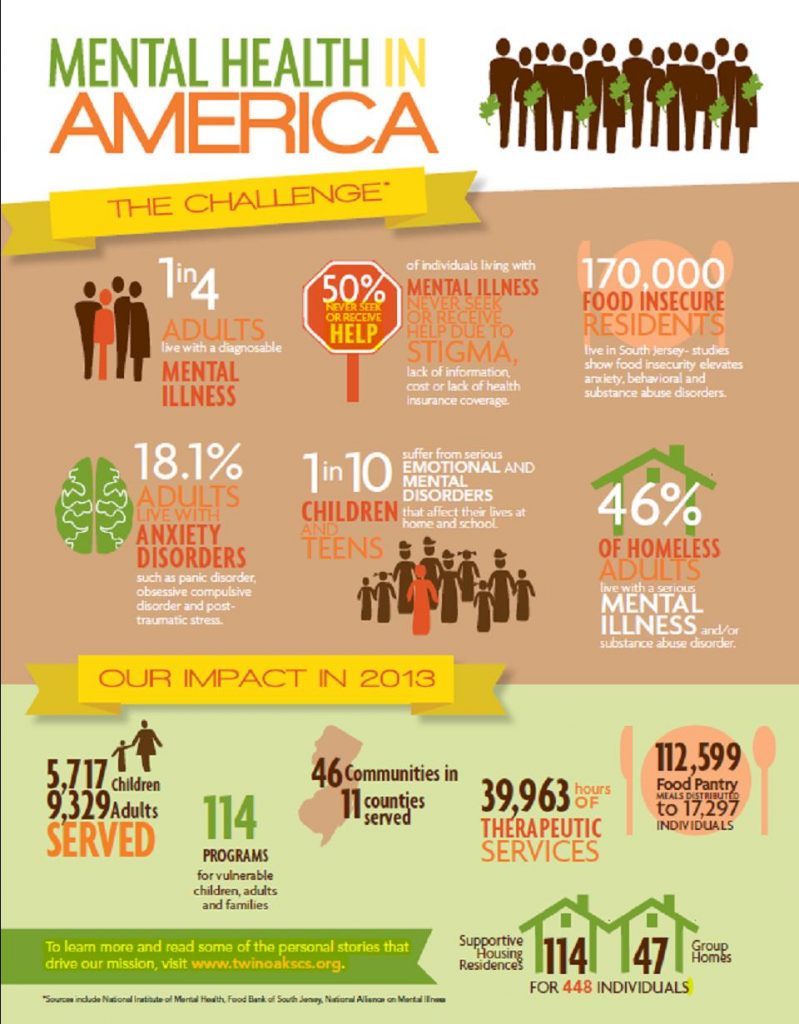Post-Meal Abdominal Rupture Pain Signs: Recognizing The Factors And Monitoring Techniques

Authored By-Falk Boyer
If you have actually experienced stomach hernia discomfort after eating, you're not the only one. This discomfort frequently occurs from the stress on a weakened location of your stomach wall surface during food digestion. You may observe sharp or hurting pain, bloating, or even a visible lump. However what can https://mgyb.co/s/lxrOJ do to handle these symptoms? Understanding the connection in between hernias and post-meal pain is the primary step towards locating relief. Let's discover this further.
Comprehending the Web Link In Between Hernias and Post-Meal Pain
When you eat, your body experiences a complex procedure of digestion that can often cause pain if you have a hernia. This happens because a hernia happens when a body organ or tissue protrudes through a weak spot in the abdominal wall.
As food relocations through your digestion tract, it might put pressure on this weakened location. You might feel pain or discomfort, especially after taking in larger dishes or certain foods that create bloating.
Furthermore, the motion of your intestines during digestion can worsen the hernia, resulting in a lot more intense sensations. Understanding this link is critical, as it helps you identify potential triggers and make nutritional changes to take care of pain successfully.
Monitoring what you consume can provide useful insights.
Common Symptoms of hernia Discomfort After Eating
If you have a hernia, you could discover particular signs and symptoms after consuming that signal pain. Generally, you might experience sharp or hurting discomfort in your abdomen, especially around the hernia site. This discomfort can increase after dishes, specifically if you've eaten a huge portion or heavy foods.
Bloating and gas are additionally regular grievances, making you really feel uncomfortably full. You may also observe a visible lump in your abdominal areas that becomes much more pronounced post-eating.
Nausea and periodic throwing up can take place, especially if the hernia is triggering a clog. If read page find yourself experiencing these symptoms regularly after dishes, it's critical to speak with a healthcare expert for appropriate analysis and guidance.
Methods for Managing hernia Pain After Dishes
To manage hernia discomfort after dishes properly, consider making some nutritional and way of life adjustments.
Beginning by eating smaller sized, extra frequent dishes rather than large sections, which can lower stress on your abdomen. Concentrate on low-fat, high-fiber foods to alleviate digestion. Avoid spicy, acidic, or fried foods that might activate discomfort.
Furthermore, preserve a healthy and balanced weight to lessen strain on your stomach wall surface.
After eating, try to stay upright for at least 2 hours to assist digestion; this can aid stop discomfort. Gentle tasks like strolling can likewise advertise food digestion, but prevent intense exercise quickly after meals.
Remaining moisturized is important-- drink a lot of water throughout the day to sustain digestive system health and wellness and general well-being.
Verdict
To conclude, if you're experiencing abdominal hernia pain after eating, it's critical to identify the link between your diet and your signs and symptoms. By taking on smaller sized, extra frequent dishes and preventing trigger foods, you can considerably reduce discomfort. Remaining upright and appealing in light activity post-meal can likewise aid. Do not think twice to get in touch with a healthcare expert if your signs continue. Taking these steps can enhance your convenience and boost your total wellness.

